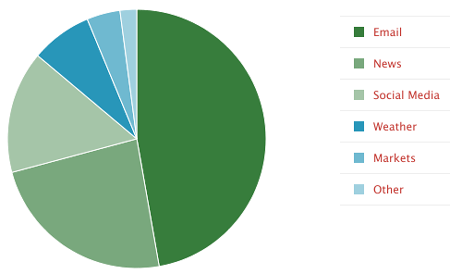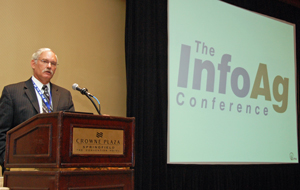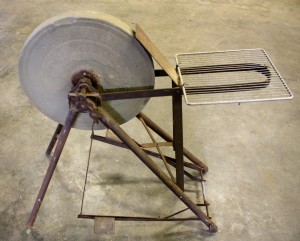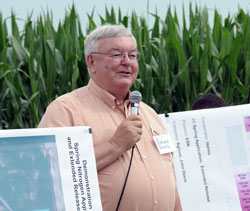 Closing out the InfoAg Conference this year was a session on a very important topic. Titled, “GPS Under Seige: Lightsquared and the Threat to High-End Global Positioning,” this presentation was conducted by Kevin Kobb, Topcon (right) and Doug Schmuland, NovAtel. I spoke with them after their presentation. The threat comes from a plan to allow high-speed internet service to utilize
Closing out the InfoAg Conference this year was a session on a very important topic. Titled, “GPS Under Seige: Lightsquared and the Threat to High-End Global Positioning,” this presentation was conducted by Kevin Kobb, Topcon (right) and Doug Schmuland, NovAtel. I spoke with them after their presentation. The threat comes from a plan to allow high-speed internet service to utilize GPS satellites to distribute their signal correction: high-powered, close-proximity transmissions from a network of ground stations that would cause substantial interference with GPS signals. This plan is currently in a comment phase at the FCC.
Kevin and Doug told me it has caused the major GPS producers and distributors to come together to understand the threat and then present that to the public and then work toward a favorable conclusion to the situation. The potential exists for this proposal to affect just about every device relying on GPS satellites. They say that now is the time to act and make your voice heard before the proposal receives a final FCC decision. You can find a lot of information on the website, Coalition To Save Our GPS.
Listen to my interview with Kevin and Doug here: [wpaudio url=”http://zimmcomm.biz/infoag/infoag-11-lightsquared.mp3″ text=”Interview with Kevin Kobb and Doug Schmuland”]
2011 InfoAg Conference Photo Album

 Why do you use precision ag technologies on your farm? Not surprisingly, your answer might be different than your neighbor’s or the grower two towns away. But no matter why you use it, know that precision ag equipment not only helps you gather information, but software can then help you organize, visualize, analyze and archive that data. But why is this important? Because data can help you find efficiencies when it comes to future crop management decisions.
Why do you use precision ag technologies on your farm? Not surprisingly, your answer might be different than your neighbor’s or the grower two towns away. But no matter why you use it, know that precision ag equipment not only helps you gather information, but software can then help you organize, visualize, analyze and archive that data. But why is this important? Because data can help you find efficiencies when it comes to future crop management decisions. 

 The U.S. Department of Agriculture’s Acreage Crop Reporting Streamlining Initiative Project (ACRSIP) may well be the “most important thing that USDA has ever done,” according to Acting Under Secretary for Farm and Foreign Agricultural Services Michael Scuse.
The U.S. Department of Agriculture’s Acreage Crop Reporting Streamlining Initiative Project (ACRSIP) may well be the “most important thing that USDA has ever done,” according to Acting Under Secretary for Farm and Foreign Agricultural Services Michael Scuse.


